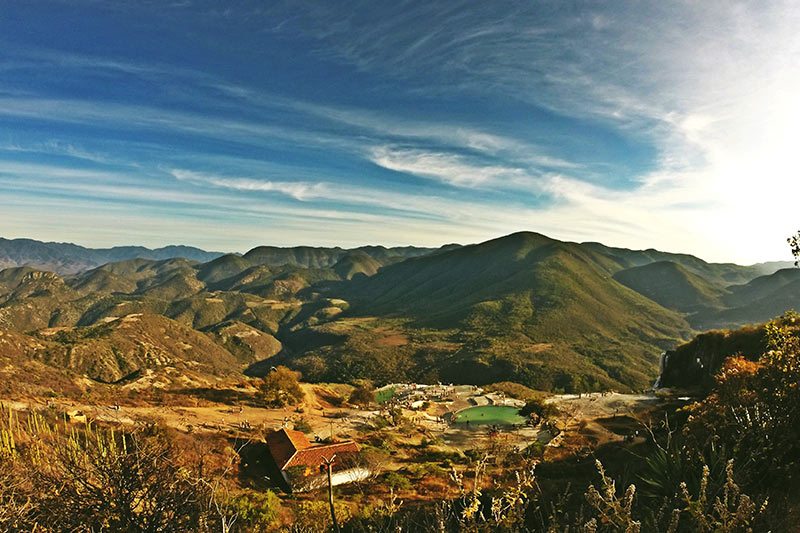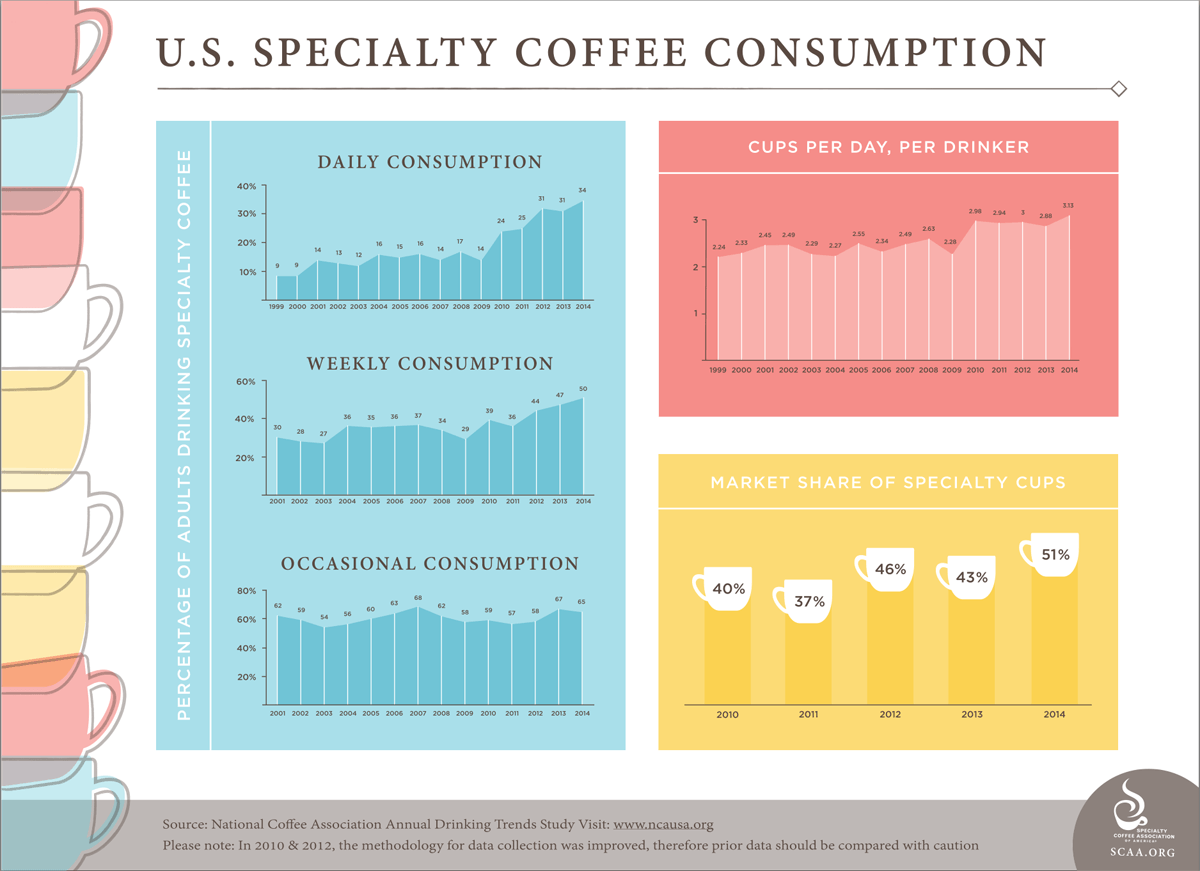Mexican Coffee: Get To Know Your Coffee Origins

Mexico, despite its proximity to the United States, is a misunderstood country. The typical movie depicts a desert wasteland, but the nation actually features rich geological and climatic diversity—and some of it is perfect for growing coffee. Let’s explore the world of Mexican coffee beans. Like the country itself, the coffee from here is a lot more fascinating and complex than many imagine.
A History Of Mexican Coffee
Like with many of its neighboring countries, Mexico didn’t receive coffee plants until the late-1700’s when Spanish colonials brought plants from Cuba and the Dominican Republic. During this time, however, Mexico was exporting vast amounts of minerals like gold and silver, so agriculture generally took the back seat. It wasn’t until the 1860’s that coffee as a valuable export really took off. Because of a border dispute with Guatemala, Mexico’s government was forced to begin registering land. This led to the many areas of previously unregistered land to be put up for auction, giving wealthy Europeans a legal path to Mexican investment. Many of these Europeans, especially Italians and Germans, started large coffee farms in Mexico’s remote Southern regions and filled them with local workers who previously believed they owned the land. Thankfully, labor laws in 1914 freed these workers who had essentially become indentured servants. These newly freed and skilled locals started to get in on the growing coffee industry for themselves, particularly after the Mexican Revolution in the early-1900’s when the government created incentives for new farms.
Boom, Bust, And Organic
Between 1973 and 1990, coffee production saw another major boost—as much as 900% growth in some regions. Farming communities took this opportunity to buy back land from Europeans, but the good times would come to an end soon. The price of coffee plummeted in the 90’s, devastating coffee farms all over the Americas and bringing an end to Mexico’s national coffee trade organization. Co-ops were formed to pool resources, innovation was accepted as a way to distinguish Mexican coffee, and before long, Mexico was the #1 producer of Certified Organic coffee in the world. These days, Mexico is the 10th largest coffee producer in the world. It’s also the #1 source of Certified Organic and Fair Trade coffee. Though there are issues with coffee plant diseases, Mexico, for the most part, has become an example of how innovation and skilled farming can revive a struggling industry ,though the industry still hasn’t quite healed to its pre-bust strength.
Mexican Coffee Growing Facts
The majority of Mexico’s coffee is grown along the Southern border, where mountain ranges and jungles give coffee plants the nutrients and altitude they need to produce stellar beans. Among these regions are the departments of Chiapas, Oaxaca, Pluma, and Veracruz—some of the most well-known origins in the specialty coffee community. But, despite Mexico’s proximity to the US, a large portion of its most prized coffee is actually exported to Europe, and particularly Germany. We still get some excellent Mexican beans, but many of the best-performing farms have had export agreements with European buyers for decades. Most smaller farms are run by indigenous groups. Their agricultural philosophy for centuries actually lines up very well with organic farming, and sometimes there are basically no differences in the farming techniques. This is what made Mexico the Certified Organic powerhouse it is today—a large portion of the farms were already practicing organic farming.
What Does Mexican Coffee Taste Like?
The better specialty-grade Mexican coffees are akin to a good white wine: dry with a delicate body, a gentle sweetness and fruitiness, and an acidic snap to finish off the experience. As you go higher into the mountains of Chiapas, the coffees begin to rival the complexity and sweetness of the best Guatemalan coffees. When you think of Mexican coffee, however, you probably think of a medium body, gentle sweetness, and earthy and spice flavor notes. This is a common flavor range for commodity and lower-score specialty coffees, and it’s an excellent flavor profile for blending. Many specialty blends feature a low-note Mexican and a bright Ethiopian, for example, as a way to bring out flavors from both sides of the flavor spectrum. Whether you see a Mexican coffee as a blend ingredient or as a single origin offering, you can be certain that it’s going to be pretty delicious.
Mexican Coffee At A Glance
- Flavor: Delicate, sweet, acidic, spicy, earthy, rounded
- Processing: Washed
- Main Growing Regions: Chiapas, Oaxaca, Pluma, Veracruz
- Harvest: November to March





